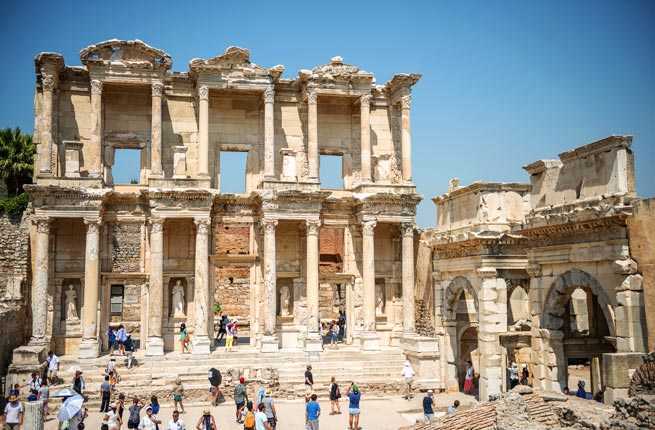
The UNESCO World Heritage Site program began in 1978 with just twelve sites; last week, UNESCO inscribed 24 new sites into the World Heritage List, bringing the total to 1,031. From 2,000-year-old structures in Israel to the stunningly modern Botanic Gardens in the heart of Singapore, the list spans the globe to include both cultural and natural properties. Of the 24 newcomers, we’ve highlighted ten of our favorites, all of which are accessible to travelers and belong on your bucket list.
By Abbey Chase

Champagne Hillsides, Houses, and Cellars
France
Known for its excellent wine production since the Middle Ages, Champagne distinguished itself in the seventeenth century with the introduction of sparkling wine. Benedictine monks at the Abbey of Saint-Hilaire are credited with the first bottling of sparkling wine in 1531, though Dom Perignon is most often associated with the creation of champagne and was instrumental in its production and quality control. The UNESCO listing includes historic vineyards in the Champagne province and the Avenue de Champagne and Fort Chabrol in Epernay, all of which show the highly refined process of Champagne production.
PLAN YOUR TRIP: Visit Fodor’s Champagne Country Travel Guide

San Antonio Missions
Texas
The five Spanish mission complexes in the San Antonio Missions National Historical Park date back to the early eighteenth century and were founded by Franciscan missionaries as a means of glorifying the Spanish crown in New Spain. Evidence of Catholic and Coahuiltecan cultures are both evident in the missions, which combine traditional Catholic symbolism with nature-inspired designs drawn from the local environment. The missions run along a twenty-three-mile stretch abutting the San Antonio River, a twenty-minute drive from the downtown area.
PLAN YOUR TRIP: Visit Fodor’s San Antonio Travel Guide
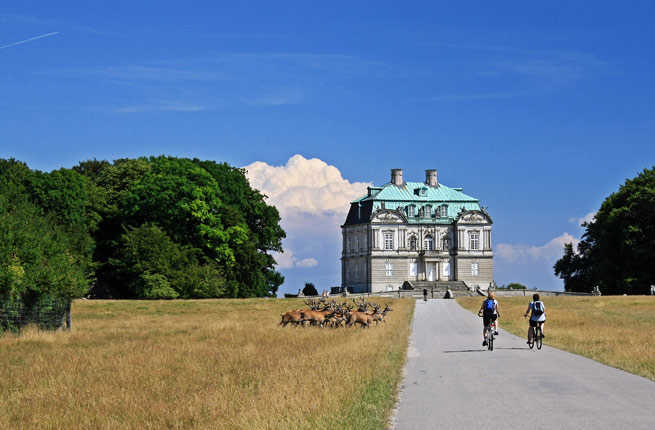
Par force hunting landscape in North Zealand
Denmark
In the eastern portion of Denmark sit some of the country’s largest hunting forests, specifically designed and landscaped for the benefit of hunters. Danish kings and their courts heavily utilized the area during the Middle Ages through the sixteenth century, practicing par force hunting, a style of equestrian hunting using hounds to track an animal’s scent. The grid pattern helped huntsmen more easily spot animals in the area, which also houses numerous lodges and other Baroque structures and landscape designs.
PLAN YOUR TRIP: Visit Fodor’s Zealand Travel Guide

Baekje Historic Areas
South Korea
The Baekje Kingdom dominated the southwestern portion of the Korean peninsula for almost 700 years, during which it reached its zenith in the fourth century. Defeated by the Tang Dynasty in 660, the Baekje legacy lives on in the remaining structures in the recently designated UNESCO site in the mountains of western Korea. The listing contains eight sites, including the Gongsanseong fortress, several royal tombs, the royal palace, and the Naseong city wall, which surrounded the capital city of Sabi. Built during the later period of the Baekje Kingdom, the property shows the convergence of Korean, Chinese, and Japanese cultural and artistic influences.
PLAN YOUR TRIP: Visit Fodor’s South Korea Travel Guide

Blue and John Crow Mountains
Jamaica
Northeast of Kingston, the rugged terrain in Blue and John Crow Mountains National Park holds both cultural and natural significance. During European colonization, the area provided refuge for the indigenous Taino people, who sought to avoid enslavement, as well as runaway African slaves. A complex system of trails, hideouts, and settlements was established in the mountains to avoid capture, with the area providing a fertile landscape for survival. Additionally, the park is famous for its biodiversity and is home to rare butterflies and threatened species of birds, snakes, and small mammals.
PLAN YOUR TRIP: Visit Fodor’s Jamaica Travel Guide

Ephesus
Turkey
The home of the Temple of Artemis, one of the Seven Wonders of the Ancient World, Ephesus provides a window into the early days with its Hellenistic and Roman settlements. Though little remains of the famous temple today, the area still houses several important structures, including the Library of Celsus, built in the second century A.D., and the Great Theatre, which sat 25,000 spectators in its heyday. Its coastal location made Ephesus an important port city, and though it was severely damaged by the Goths during a raid in 268, vestiges of many of its largest buildings remain.
PLAN YOUR TRIP: Visit Fodor’s The Central and Southern Aegean Coast Travel Guide
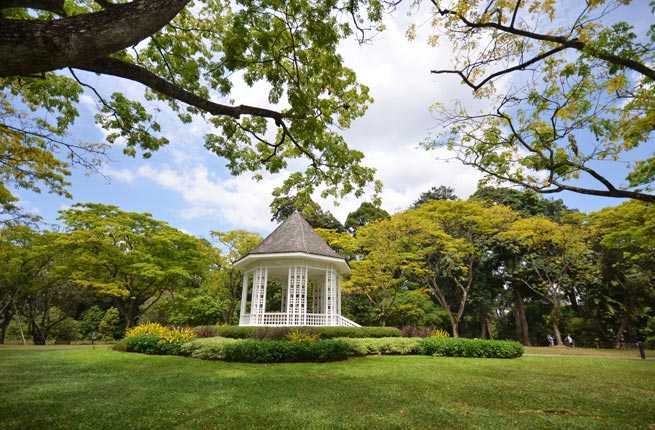
Singapore Botanic Gardens
Singapore
Sir Stamford Raffles can be credited with the founding of the Singapore Botanic Gardens when he began an experiment to test viable agricultural development in 1822. Thirty-seven years later, the Gardens were transformed into their modern state, with Kew-trained botanists employed to transform the space into an English-style masterpiece. Since then, the Singapore Botanic Gardens have become one of the leading botanical gardens in the world, dotted with notable features like the eighty-year-old Bandstand gazebo, a small rainforest, and the National Orchid Garden, which houses 3,000 species of pure and hybrid orchids.
PLAN YOUR TRIP: Visit Fodor’s Singapore Travel Guide

Necropolis of Bet She’arim: A Landmark of Jewish Renewal
Israel
An area controlled at various points by the Romans, Byzantines, and Arabs, Bet She’arim has been the site of prosperous towns since the first century B.C. The necropolis was founded on the site nearly 2,000 years ago, notably as the burial site of Rabbi Judah the Patriarch who is credited with Jewish renewal after 135 A.D. The site comprises a series of limestone caves and tombs carved into the southern foothills of Lower Galilee. Greek, Aramaic, and Hebrew inscriptions and artwork adorn the walls of the necropolis, located sixty miles north of Tel Aviv.
PLAN YOUR TRIP: Visit Fodor’s Lower Galilee Travel Guide
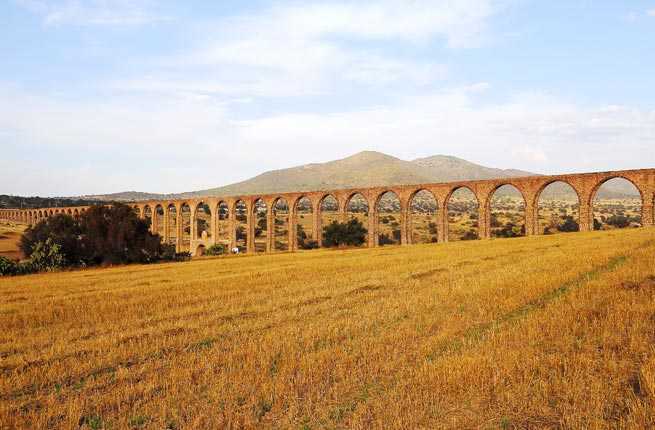
Aqueduct of Padre Tembleque Hydraulic System
Mexico
Roman hydraulics technology and Mesoamerican construction techniques converge in this complex canal system on the Central Mexican Plateau. The project was initiated by a Franciscan friar, Padre Tembleque, in 1553 and was completed seventeen years later with 126 arches. Canals, distribution tanks, and arcaded bridges carry water for twenty-eight miles through the plateau and over the highest single-level arcade ever constructed in an aqueduct. The channel begins in the town of Zempoala and culminates in Otumba to the northwest.
PLAN YOUR TRIP: Visit Fodor’s Mexico Travel Guide
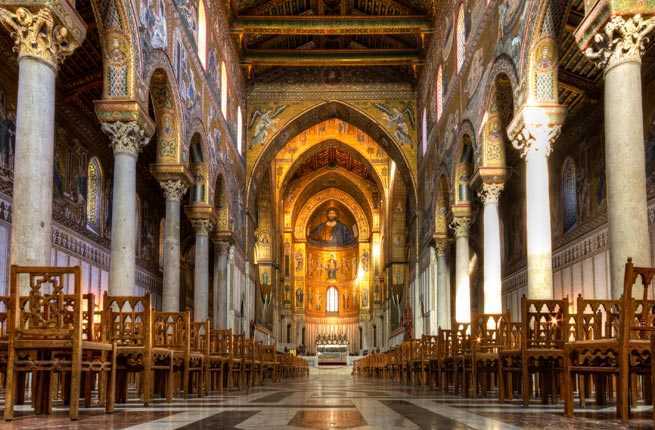
Arab-Norman Palermo and the Cathedral Churches of Cefalu and Monreale
Italy
Following a collapse in Byzantine leadership, Palermo was taken over by a Muslim conquest in 831 A.D. and controlled as an emirate until 1072. History repeated itself, and a Norman conquest took control of the island after dynastic squabbles destabilized the Muslim government. During this time, extensive construction saw Sicily flourish as one of the wealthiest states in Europe, and evidence of both Norman and Arab influences remain today. Under the UNESCO listing, two palaces, three churches, three cathedrals, and a bridge have been recognized for their preservation of Western, Islamic, and Byzantine cultures.
PLAN YOUR TRIP: Visit Fodor’s Sicily Travel Guide


